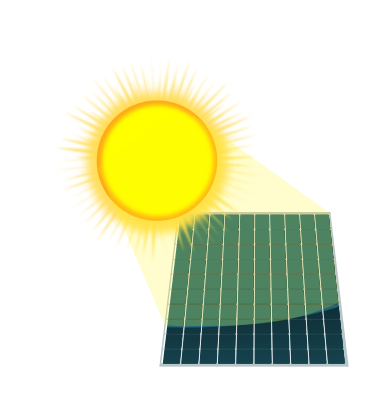

Silicon is hardly the best path forward but we have seen evidence of international sabotage of progress
Alta had custom implementation of 3-5 growth in order to produce high efficiency solar cells at a price competitive for ships, drones, etc. But once the tech for GaAs becomes competitive with silicon then the industry shifts, that’s not a welcomed change.
Just an opinion.


It’s more complicated. Silicon has an overwhelming advantage on manufacturing because of IC, ultimately that will make the dollar per watt hard to beat. That’s why Alta focused on applications with limited area.
I mentioned halides earlier (also called perovskite unfortunately). If you look at the NREL chart https://www.nrel.gov/pv/cell-efficiency the bottom right showed halides rapidly increasing in efficiency and the manufacturing has the potential to scale a lot. I remember a conference presentation a few years back showing efforts to repurpose newspaper printing machinery and just roll out cells at high volume.
My secret little inside tin foil hat voice says China might not be comfortable with an American supremacy in tech that can make relatively inexpensive drones that stay in the air indefinitely.